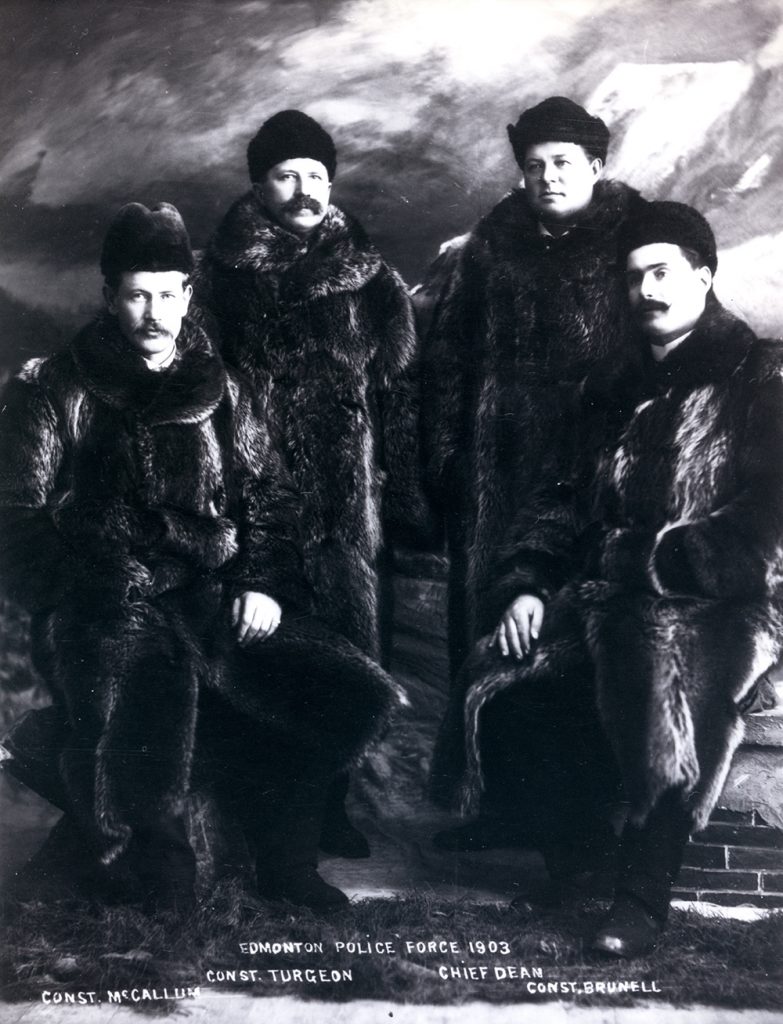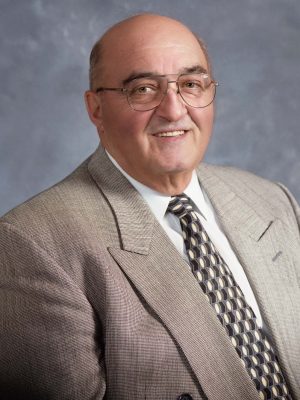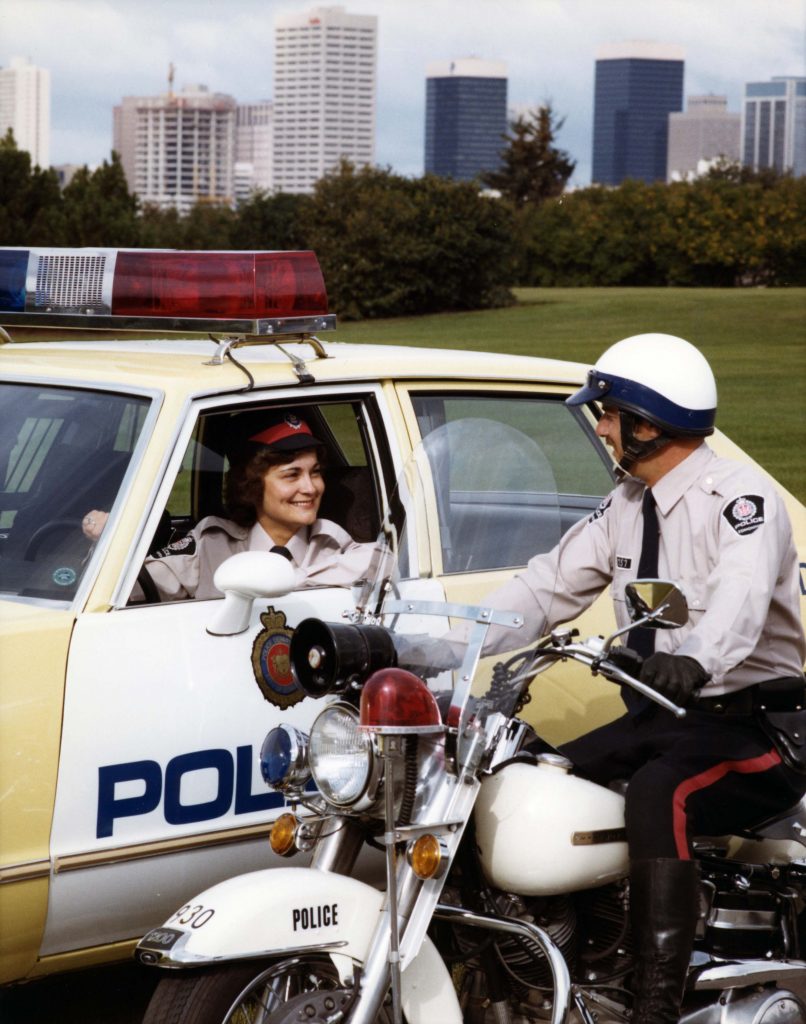As we review the history of Edmonton, it is difficult to visualize that in 1892, two small communities were vying to outdo each other in growth and importance. Strathcona lay on the south side of the North Saskatchewan River and Edmonton graced the north banks of the North Saskatchewan River. Although the Dominion of Canada Land office was in Edmonton, Strathcona utilized every possible method to lure the Dominion Land office to the south side of the river. The feud between these two communities made it necessary to establish a “Police Force”, as it was known then, to keep the peace.
The devolvement of the “Police Force” also brought about the normal human resource, labour and contractual issues as they are known today. In an attempt to resolve them, the City of Edmonton Policeman’s Association was formed to strictly be a bargaining agent for serving Police Officers.
Shortly after the formation of the Association, charity and welfare issues made it necessary to establish the City of Edmonton Police Benevolent Fund. The Policeman’s Benevolent Fund functioned as an entity of the Edmonton Policeman’s Association, however; both the Association and the Benevolent Fund had a slate of Executive comprised of a first and second President, Secretary, Assistant Secretary and Treasurer.
Available records do not indicate when the Executive structure of both the “Benevolent Fund” and the “Policeman’s Association” changed. The changes in the Executive structure authorized the Charity and Welfare Committee to function under the direction of the Edmonton Police Association Executive Board. Following is an abbreviated history of the Edmonton Police Association comprised of the Edmonton Policeman’s Association local No. 74 and the Edmonton Police Benevolent Fund. For the sake of historical clarity as well keeping dates in a chronological order, the “History of the Edmonton Police Association” is divided into two sections. They are:


